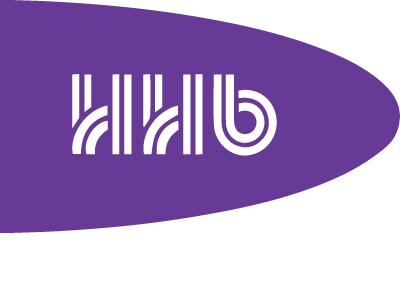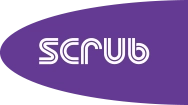Since launch (as Sound Tools) in 1984, Pro Tools has become the ubiquitous Digital Audio Workstation for music production and audio post.
Already established as the successor to tape in music studios, the acquisition of Digidesign (manufacturer of Pro Tools) by non-linear video editing pioneer Avid in 1995 brought about a shift towards Pro Tools as the standard in TV and Film post production.
Underpinned by post-focussed advances in the core software and a broad ecosystem of 3rd Party plugins, Pro Tools’ adoption in Post Production grew rapidly in the late ‘90s and early 2000s. Where other widely used DAWs prioritised MIDI functionality and other music-creation features, Pro Tools’ development during this period was largely focussed on the ability to edit and mix audio in-the-box. Enabled initially by dedicated DSP hardware cards, then revolutionised by the introduction of Pro Control, the first dedicated Pro Tools control surface.
Over the course of the decade that followed, advances in DSP power, deeper automation control, along with the introduction of ICON as a successor to Pro Control, saw mixing in-the-box become the norm. As track counts grew exponentially to accommodate new formats such as 5.1 and more recently Dolby Atmos, the pace of media production quickened. Client expectation began to dictate the kind of flexibility only on offer from Pro Tools and Icon-equipped facilities.
Today, Pro Tools is available in a wide variety of configurations to suit all needs. Whether software-only (using the host computer’s CPU power for signal processing) or as a software/hardware combination with dedicated processing. Add to the core system from a range of I/O and monitoring options, from stereo to Dolby Atmos, analogue to AOIP.
Control surface choices for Pro Tools include Avid’s EuCon-based S3 and S6; each offering the power of tactile and assignable control over the software feature set.
The more compact 16-fader S3 surface can be combined with Pro Tools Dock which (in combination with an iPad) makes many of the advanced touchscreen workflows from the flagship S6 available in a more affordable and portable surface.
S6 is the ultimate control surface for Pro Tools – leveraging the best of the Euphonix System 5 and Avid ICON consoles it was designed to supersede. S6 brings superior ergonomics, intuitive navigation and deep creative control over all aspects of a mix. Modular and scalable by design, S6 is available either in preset configurations, or can be custom-designed using the HHB S6 builder to suit precisely the creative and budgetary need, now and with an eye on the future as those needs evolve.
Meanwhile the 3rd Party Plugin ecosystem continues to grow, allowing Pro Tools users to tailor the functionality of their system to their preference and customers’ needs.
With the myriad options available in a sophisticated and highly modular technology platform such as Pro Tools, quality advice and after-sales support are critical factors in a successful deployment.
HHB and our Soho-based, post-focussed division Scrub have been supplying and supporting Pro Tools systems, their peripherals and mixing platforms, from the outset. With a client list which includes the UK’s top post houses, broadcasters and independent professionals, HHB have amassed an unrivalled level of knowledge and experience in Pro Tools system design and implementation in mission-critical environments.
From initial specification to working closely with clients to navigate the regular upgrade cycles over the equipment’s working life, HHB are able to maximise the return on any Pro Tools technology investment.


